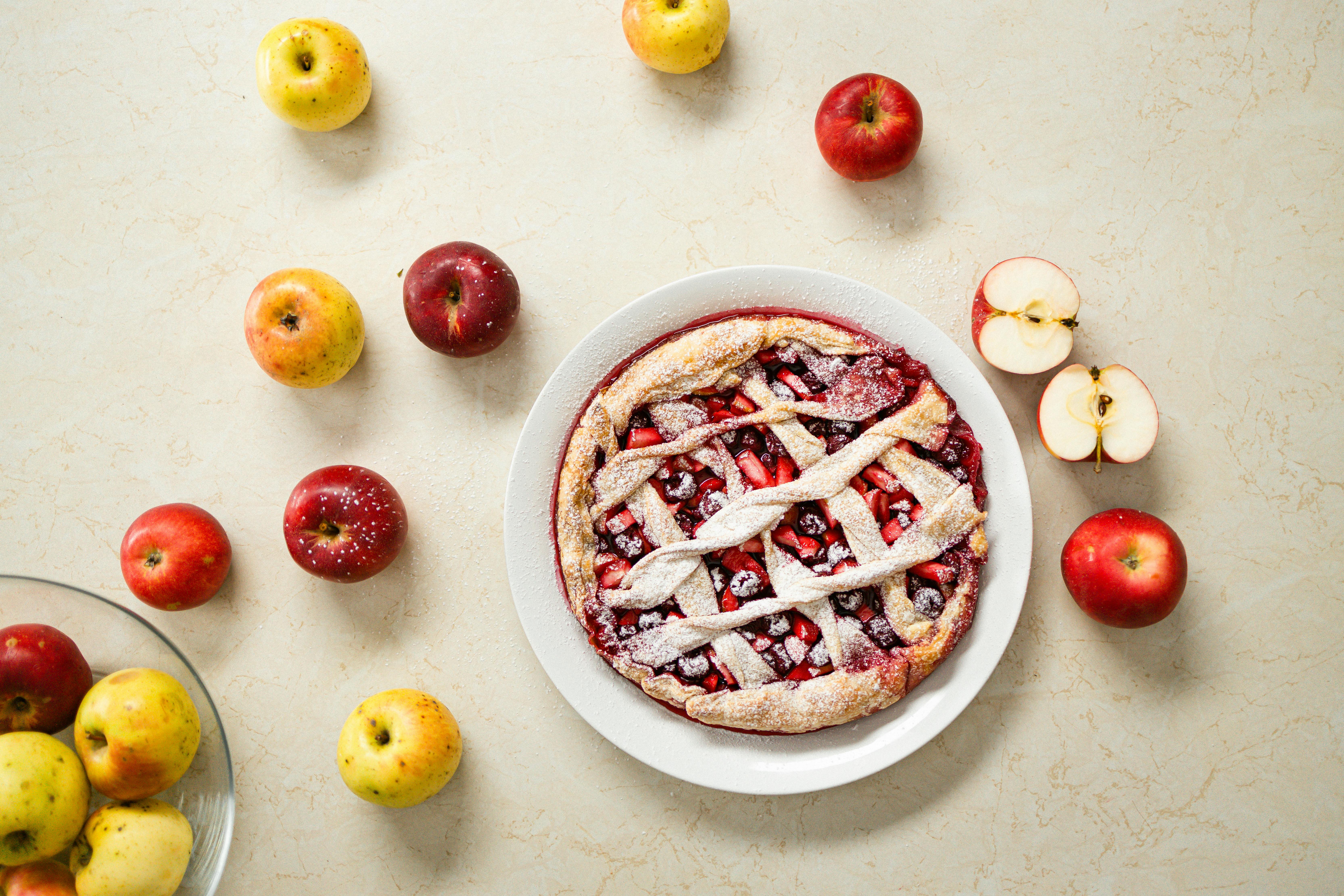It is a universal truth: in life there is a right way to do most things and a wrong way to do most things. This includes keeping the kale. Yes, there is a correct way to store kale and other hearty greens like collard greens, mustard greens, turnip greens, and others. Why this matters: If you don’t store your kale correctly, it can lose all of its nutrient content by the time you use it. That is if it doesn’t turn into a slimy, smelly, spoiled mess before you’re ready to cook. Besides, wasting food is wasting money, right? In this economy, it just doesn’t make sense to pay top dollar for food you don’t use.
Fortunately, storing kale and other hearty greens is easy. Here’s what you can do to keep maximum nutrients while keeping your vegetables fresh and tasty:
1. Do not wash kale until immediately before using it. Because wet vegetables are more susceptible to mold and sliminess, kale should be as dry as possible before storing in the refrigerator. To remove excess moisture, you can dry the leaves with paper towels or a clean kitchen towel, spin the leaves in a large salad spinner, or even aim a hair dryer, set on cold, at the leaves.
2. Do not cut or tear kale leaves until you are ready to eat them. When exposed to oxygen, the vitamins in the cut kale begin to evaporate. Fruits and vegetables that are cut up and stored in the refrigerator lose 10 to 25 percent of their vitamin C and carotenoids in five days. Save whole leaves, removing leaves that are discolored, almost slimy, or wilted. Everything else should stay intact until you’re ready to cook or shred or juice or whatever you’re going to do with your kale.
3. Store the leaves in the crisper drawer of your refrigerator. Dried kale should be placed in a plastic bag or vegetable bag and stored in the moisture-free vegetable drawer of your refrigerator. I like to go a step further and wrap my kale leaves, jelly-style, in a clean kitchen towel before placing them in a vegetable storage bag. To do: Lay a clean towel on the kitchen counter. Arrange the kale leaves in a single layer on top of the towel. Pick a short end of the towel and start rolling up the towel and kale the same way you would a jelly cake (or a Buche de Noel). Place the rolled towel inside a vegetable bag or plastic bag and place it in the crisper drawer of your refrigerator.
Bonus Tip: For the best flavor and texture, as well as the highest nutrient content, store your greens no longer than four to five days. Greens lose nutrients every day they sit.
Clever! Three easy steps to increase the nutrient content and freshness of your vegetables through proper storage. Easy peasy!
